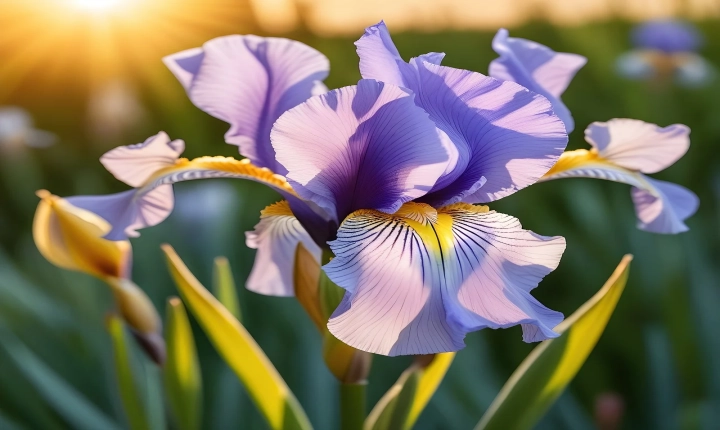Title: How AI is Revolutionizing Image Generation: A Look into the Future of Photography
In today’s digital age, technology has advanced to a point where artificial intelligence (AI) is transforming the way we create and manipulate images. AI-powered image generation is revolutionizing the field of photography, offering new possibilities and raising questions about the nature of creativity and the role of human photographers. This article explores the current state of AI-generated photos, the techniques involved, and the potential impact on the future of photography.
AI-generated photos are created using various techniques such as Generative Adversarial Networks (GANs), which pit two neural networks against each other to generate realistic images, and deep learning algorithms that analyze and synthesize visual data. These techniques enable AI to learn from existing images and generate new ones that are often indistinguishable from those created by human photographers.
One of the most significant advantages of AI-generated photos is the ability to produce vast amounts of high-quality images at a fraction of the time and cost required by traditional methods. This has enormous implications for industries such as advertising, e-commerce, and art, where high-quality visual content is in constant demand.
Furthermore, AI-generated photos have the potential to democratize the field of photography by making image creation more accessible to a wider audience. Amateur photographers and enthusiasts can harness the power of AI to create stunning images without the need for specialized equipment or technical knowledge, potentially expanding the creative possibilities for millions of people.
However, the rise of AI-generated photos also raises ethical and artistic concerns. There is an ongoing debate about the originality and authenticity of images created by AI, and the role of human creativity in the image creation process. Some argue that AI-generated photos lack the emotional depth and personal perspective that human photographers bring to their work, while others view AI as a tool that augments the creative process rather than replaces it.
As AI continues to advance, it will be crucial for the photography community to grapple with these questions and shape the future of image creation. The ethical use of AI-generated photos, the preservation of artistic integrity, and the recognition of the role of human photographers are issues that will need to be addressed as AI becomes more integrated into the photography industry.
In conclusion, the emergence of AI-generated photos represents a paradigm shift in the field of photography. The ability of AI to generate high-quality images at scale has the potential to transform various industries and open up new creative possibilities for both professionals and amateurs. However, the ethical and artistic implications of AI-generated photos also demand careful consideration as we navigate this new frontier of visual creation. Ultimately, the integration of AI into photography will require a thoughtful and collaborative approach to ensure that the unique contributions of human photographers are preserved and celebrated in the evolving landscape of image generation.
